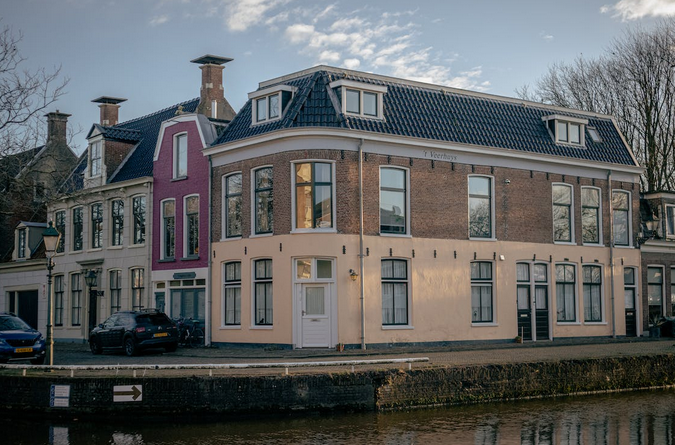Adapting Homes for a Changing Climate: Germany’s Approach to Sustainable Living

In the face of an evolving climate, Germany stands as a beacon of innovation in embracing sustainable living through the adaptation of homes. Private Immobilienangebote being a particular focus, this exploration delves into Germany’s approach to fostering environmentally conscious living spaces. In a world where climate considerations are paramount, Germany’s proactive stance in harmonizing private real estate with eco-friendly practices serves as a compelling model for a future where homes seamlessly integrate with the changing needs of our planet. In this article, we will explore Germany’s approach to sustainable living and how it is shaping the future of housing.
Renewable Energy Integration
Another crucial aspect of Germany’s sustainable housing strategy is the integration of renewable energy sources. The country has become a global leader in solar power installations, with an impressive 50% share of the world’s total installed solar capacity. Photovoltaic panels are now a common sight on rooftops across the country, generating clean and renewable energy to power homes. In addition, Germany has also focused on promoting the use of wind energy and biomass as alternative energy sources, further reducing reliance on fossil fuels.
Green Roofs and Vertical Gardens
To combat heat island effects and improve air quality, Germany has pushed the concept of green roofs and vertical gardens. These eco-friendly solutions involve the installation of vegetation on roofs and walls. Green roofs provide insulation, reduce stormwater runoff, and can even support urban agriculture. Vertical gardens not only enhance aesthetics but also act as natural air filters, removing pollutants and improving indoor air quality. Germany’s emphasis on incorporating greenery into urban spaces helps create a healthier and more sustainable living environment.
Energy-Efficient Buildings

Germany’s commitment to energy-efficient buildings has revolutionized the construction industry. One of the key components of this approach is the Passivhaus standard, which focuses on minimizing the energy required to heat and cool a building. These ultra-low-energy homes are designed with meticulous insulation, airtightness, and energy-recovery ventilation systems. By reducing energy consumption, Passivhaus-certified buildings significantly lower greenhouse gas emissions and save homeowners money on utility bills.
Rainwater Harvesting and Greywater Recycling
Water scarcity is a pressing global issue, and Germany has tackled this challenge through innovative water management systems. Rainwater harvesting involves collecting rainwater from rooftops and storing it for various non-potable uses such as watering gardens and flushing toilets. Similarly, greywater recycling systems capture and treat water from showers, sinks, and washing machines for reuse. These practices reduce strain on freshwater supplies and promote water conservation at the individual household level.
Smart Home Technologies
Germany’s commitment to sustainable living extends beyond physical infrastructure. The country has embraced smart home technologies that optimize energy consumption and improve overall efficiency. Smart thermostats, energy monitoring systems, and automated lighting controls allow homeowners to regulate energy usage, reducing waste and saving costs. Integration of these technologies with renewable energy generation further enhances the effectiveness of Germany’s sustainable housing approach.
Germany’s comprehensive approach to adapting homes for a changing climate serves as an inspiration for countries around the world. By …



